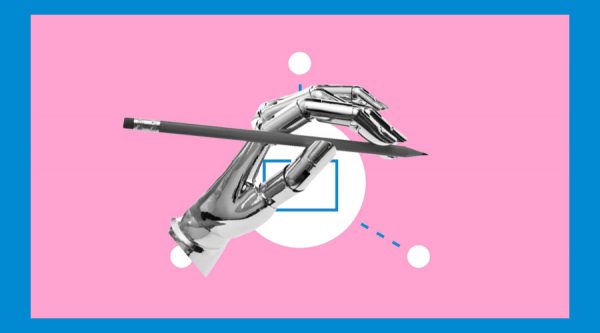Researchers at the University of Virginia (UVA) have created a novel method for machine learning, a type of artificial intelligence, to find medications that lessen the amount of damage caused by scarring following a heart attack or other ailments.
Unlike earlier medications, the novel machine-learning approach has already identified a promising candidate to help avoid detrimental cardiac scarring. According to the UVA experts, their state-of-the-art computer model has the capacity to forecast and elucidate the impacts of medications on various different disorders.
“A lot of common diseases like cancer, metabolic diseases, and heart disease are complicated and difficult to treat,” stated researcher Anders R. Nelson, PhD, a computational biologist who used to work at UVA’s Jeffrey J. Saucerman, PhD’s lab. “Machine learning helps us better understand how drugs can modify diseased cells, reduce this complexity, and identify the most important factors that contribute to disease.”
“Machine learning by itself aids in the identification of drug-produced cell signatures,” stated Saucerman, who works in UVA’s Department of Biomedical Engineering, a collaborative effort between the School of Medicine and the School of Engineering. Combining machine learning and human learning enabled us to explain the mechanisms of medications that are used to treat fibrosis, a condition that causes scarring. To plan clinical studies and identify possible side effects, this knowledge is required.
To gain a better understanding of the effects of medicines on fibroblasts, Saucerman and his team integrated machine learning with a computer model built on decades of human knowledge. These cells produce collagen and contract the wound, aiding in the healing of the injured heart. But as a byproduct of the healing process, they can also leave behind damaging scars known as fibrosis. Saucerman and his colleagues set out to investigate if a number of promising medications could help physicians reduce scarring and, in turn, enhance patient outcomes.
Previous efforts to find medications that target fibroblasts have mainly examined certain facets of fibroblast behavior, and it is frequently unclear how these medications function. One of the biggest obstacles to creating focused therapeutics for cardiac fibrosis has been this knowledge vacuum. As a result, Saucerman and his associates created a brand-new method known as “logic-based mechanistic machine learning” that forecasts both the effects of medications on fibroblast behaviors.
To train the machine learning model to anticipate the effects of the medications on the cells and their behavior, scientists first examined the effects of 13 prospective compounds on human fibroblasts. The medicine pirfenidone, which is already approved by the US Food and medicine Administration for treating idiopathic pulmonary fibrosis, reduces contractile fibers inside the fibroblast that stiffen the heart. This mechanism is predicted by the model. The model additionally anticipated the potential targeting of a different kind of contractile fiber by the experimental Src inhibitor WH4023, a prediction confirmed by experimental validation using human cardiac fibroblasts.
Although more investigation is required to confirm that the medications function as planned in both animal models and human patients, the UVA researchers claim that their findings indicate that machine learning is a potent tool for biologists looking to identify biological cause-and-effect relationships. According to them, the latest results demonstrate the technology’s enormous potential to forward the creation of novel therapies for a variety of illnesses, not just heart injuries.
“We’re excited to investigate whether WH4023 and pirfenidone also inhibit scar fibroblast contraction in preclinical animal models,” Saucerman stated. “We hope this serves as an illustration of how machine learning and human learning can collaborate to discover and comprehend novel drug mechanisms.”
The Proceedings of the National Academy of Sciences, a scholarly journal, has published the researchers’ results. Saucerman, Kristen M. Naegle, Steven L. Christiansen, and Nelson made up the research team. There are no financial stakes in the research for the scientists.









